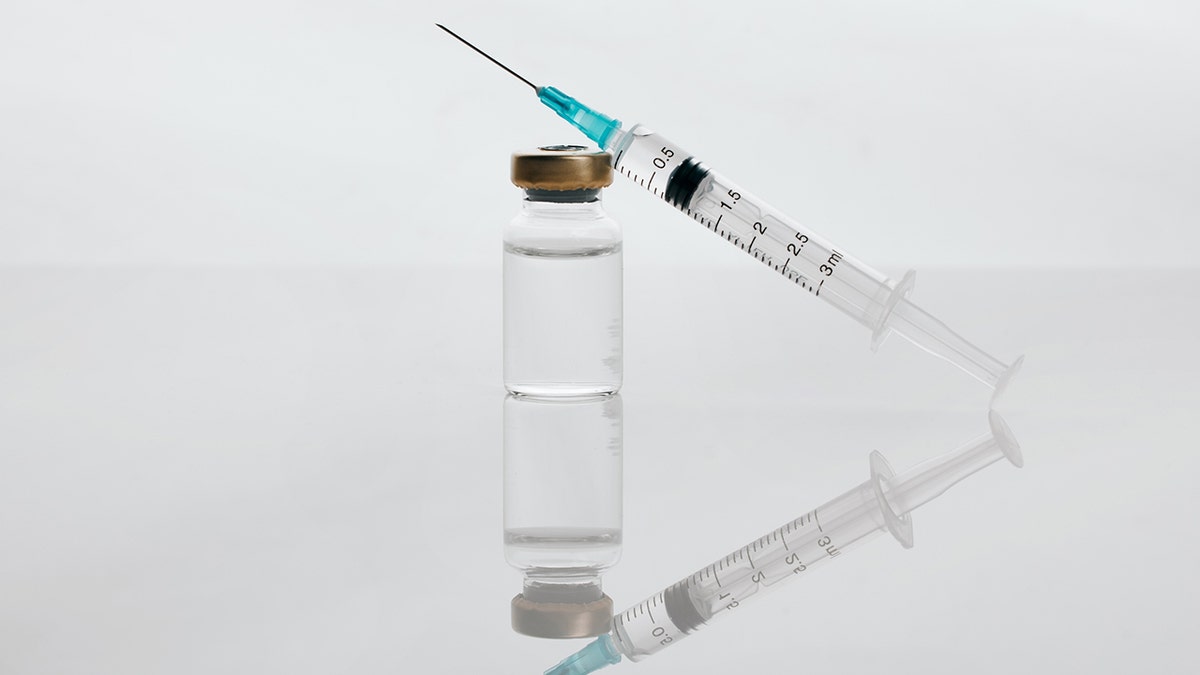Cases of an invasive strain of strep throat have been steadily rising in some areas of the U.S., according to the Centers for Disease Control and Prevention.
The surveillance study, which was published in JAMA, showed that the incidence of group A Streptococcus (GAS) infection “substantially increased” from 2013 to 2022.
Affected states include California, Colorado, Connecticut, Georgia, Maryland, Minnesota, New Mexico, New York, Oregon and Tennessee.
STREP THROAT INFECTIONS HAVE SPIKED ABOVE PRE-COVID HIGHS, SAYS REPORT: ‘WE’VE MISSED CASES’
The overall incidence more than doubled, going from 3.6 to 8.2 cases per 100,000 persons at that time, according to the findings.
Infection rates were higher among residents of long-term care facilities, the homeless population and injection drug users.
While incidence was highest among people 65 and older, the relative increase over time was biggest among adults aged 18 to 64.
“Accelerated efforts to prevent and control GAS are needed, especially among groups at highest risk of infection,” the CDC researchers concluded in the study.
NOROVIRUS SICKENS OVER 200 CRUISE SHIP PASSENGERS ON MONTH-LONG VOYAGE
According to a CIDRAP press release by the University of Minnesota, GAS is most known for causing non-invasive diseases like strep throat and impetigo.
The strain can also cause more severe infections, like sepsis, necrotizing fasciitis and streptococcal toxic shock syndrome.

The researchers identified 21,213 cases of invasive GAS, leading to 20,247 hospitalizations and 1,981 deaths.
Bacteremic cellulitis was the most common disease caused by GAS, according to the press release, followed by septic shock, pneumonia and bacteria in the bloodstream without an apparent cause (known as bacteremia without focus).
“The recent assault of viruses, including COVID-19, has weakened people’s immune systems.”
In an accompanying JAMA editorial, Joshua Osowicki, MBBS, PhD, a pediatric infectious diseases physician at Royal Children’s Hospital Melbourne, said there has been a global uptick in GAS cases following the COVID-19 pandemic.
“In any of its forms — from skin and soft tissue infections, pneumonia, bone and joint infections, or sepsis without a clear clinical focus — invasive GAS can be insidious and unpredictable, testing the lifesaving capacity of even the world’s most advanced medical facilities,” he wrote.

“Surges of invasive and noninvasive GAS disease in 2022 and 2023 have been reported in countries spanning the Northern and Southern Hemispheres, with new reports of the same phenomenon still coming to light.”
Fox News senior medical analyst Dr. Marc Siegel commented that GAS requires early intervention, as it can be “quite life-threatening” and “misperceived” as something milder.
MEASLES OUTBREAK CONTINUES: SEE WHICH STATES HAVE REPORTED CASES
“We really need a vaccine against this, but don’t have it,” he told Fox News Digital.
“[It’s] increasing dramatically among socioeconomically disadvantaged groups, including the homeless, substance abusers, those with increased skin breakdown and those sharing needles.”
The infection is also associated with IV fentanyl use as part of the opioid epidemic, Siegel added.

In 2023, strep throat infections caused by GAS skyrocketed, mostly in children, according to a report from Epic Research.
After a dip in cases during the coronavirus pandemic, the rate of infections was 30% higher than the previous peak seen in February 2017, the report found.
Dr. Shana Johnson, a physical medicine and rehabilitation physician in Scottsdale, Arizona, previously shared with Fox News Digital that rates of GAS, including the more dangerous invasive type, were “at the highest levels seen in years.”
In an interview with Fox News Digital at the time, Siegel reported that the spike in cases is likely a result of other circulating viruses.
CLICK HERE TO SIGN UP FOR OUR HEALTH NEWSLETTER
“The recent assault of viruses, including COVID-19, has weakened people’s immune systems,” he said. “Also, we haven’t been on the lookout for them and have missed cases.”
Group A strep is best treated with antibiotics unless a more severe illness is contracted, according to Johnson.
“Antibiotics for strep throat reduce how long you are sick and prevent the infection from getting more severe and spreading to other parts of the body,” she said.

Group A strep bacteria commonly spread through droplets when an infected person coughs, sneezes or talks, according to the CDC, but can spread through infected sores on the skin.
To help reduce the spread, doctors say to wash hands often with soap and water, avoid sharing glasses or utensils with those who are infected, and cover the mouth and nose when coughing or sneezing.
For more Health articles, visit foxnews.com/health
“If you have strep throat, stay home until you no longer have a fever and have taken antibiotics for at least 24 hours,” Johnson advised.
Fox News Digital reached out to the CDC for comment.
Read the full article here













